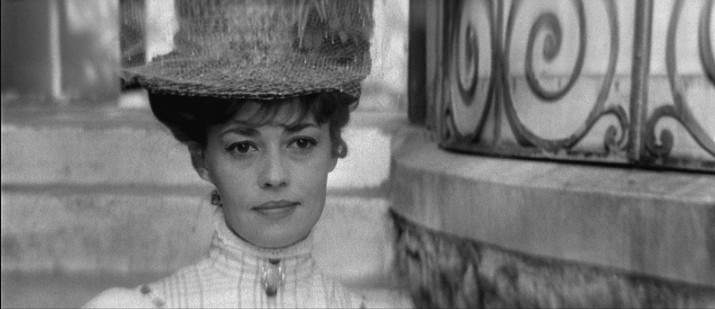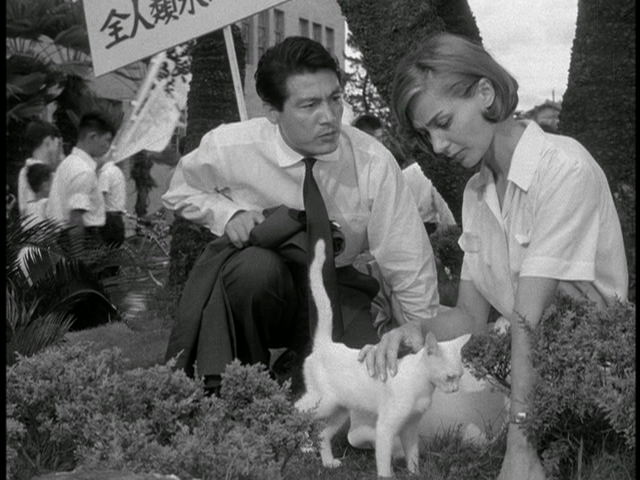”He’s a businessman, I’ll make him an offer he can’t refuse”, are the iconic words of the Godfather, Don Vito Corleone that also illustrate the business behind the studio system which ushered in Francis Ford Coppola’s enduring masterpiece The Godfather in 1972. Struggling to compete with the television programming and a new generation’s cinematic appetite that favored risqué and gritty foreign films, the studios were desperate for a genuine blockbuster. Paramount studios turned to a young film school graduate and independent filmmaker Francis Ford Coppola to adapt the popular best seller The Godfather. Faced with debts and the future of his fledgling independent film company; American Zoetrope, Coppola was coerced into directing The Godfather (Schumacher 88). Coppola focused on imprinting a realistic picture of American capitalism through a mafia family’s collapse and rebirth. The reshaping of the Corleone clan infrastructure from Don Vito Corleone’s old world values to his younger son’s gritty and aggressive approach characterize American Cinema’s transition through the generation of New Hollywood filmmakers like Francis Ford Coppola.
A melodrama of one family’s survival to stay on top, The Godfather captures the authentic Italian-mob culture through Coppola’s own Catholic and Italian heritage. The charming, aged patriarch, New York crime boss, Don Vito Corleone (Marlon Brando) hears the petitions from the serfs of his feudal clan around the pleasantries of his daughter’s wedding celebrations. He peers out at his empire from the discretion of blinds and marks the return of his youngest and favorite son Michael (Al Pacino) a WWII hero, bringing along an outsider, his non-Sicilian, all-American girlfriend Kay Adams (Diane Keaton). One member of “the family” celebrity Johnny Fontane (Al Martino) comes to Vito desperate for him to jumpstart his career. Vito sends his adopted son, the cool calculating, Tom Haggard (Robert Duvall), the family consigliere (legal counselor) to Hollywood to make the difficult producer an offer he “cannot refuse”.
The tide turns for the Corleone family when Vito takes and old world stand against a rival crime boss’ offer to go into the drug trade. Sollozo (Al Letierri) the rival crime boss soon targets Vito and his men shoot up the Corleone Don in the street. Michael is drawn into the family business as his older brother the hotheaded Sonny (James Caan) triggers the first mob-war in ten years. Michael is nominated to mediate for ‘the family’ and uses the opportunity to assasinate Sollozzo and his corrupt police captain counterpart and then flees to Sicily. Leaving Kay behind he falls in love and marries a fragile Sicilian girl from his father’s native town. When Sonny is lured to his death at a tollbooth shoot out, and Michael’s wife is killed with a car bomb intended for him, the weak Don Vito negotiates a truce for Michael’s return compromising to engage in the drug trafficking, a vice he considered unethical before.
Michael returns a hardened man. He marries Kay and has a son with her, but he moves swiftly with Machiavellian agency to reinstate the Corleone family’s power. Vito is able to impart to Michael his final insight on how the rival crime families will attempt to entrap him when he is gone. While playing with his grandson Vito dies in the vineyard. Now don, Michael stands in as godfather at his nephew’s christening while rivals to their ‘family’ are assassinated. The film closes with Kay’s realization that she is cut off from her husband by the family of men that encompass him and literally close the door on her.
The narrative themes of honor, greed, and ambition in the film go beyond the mafia backdrop and paint a picture of capitalistic American values. The Corleone family is the story of “American expansion and capitalism in the twentieth century” (Dauth 2). In contrast to the “goonish stereotypical mobsters” in old gangster films Coppola’s smooth, professional, mafia in The Godfather becomes more “like a corporation in a corporate society” (Phillips 109). Even in the ritualistic depiction of the Catholic rituals the mafia’s involvement visually strikes the viewer as a well-oiled machine. At Vito’s funeral several men step out of their cars in sequence bearing aloft a single red rose. The “profit driven culture” of 1970s America is reflected in the aggressive ambition of Michael to overcome his competition (McBee 102).
Coppola’s stylistic mark reflected fresh cinematic innovation as well as subtle throwbacks to techniques from classical art. Coppola fought for the film be shot on location in New York and Italy over the Hollywood back lot, the result is an authentic gritty realism reminiscent of the style of the Italian Neo-Realist filmmakers (Phillips 92, Braudy 18). Stylistically low-key lighting gave The Godfather its recognizable texture to the film’s sinister figures and action. The godfather’s office is shrouded in shadow in contrast the sunny brightly lit wedding taking place outside. The business of the mafia is marked by darkness: “the don is the personification of evil”, explains cinematographer Gordon Willis (Phillips 99). Sound engineer Walter Murch draws attention to the diagetic sound of screeching of train brakes that trigger Michael’s murder of Sollozzo as a “metaphor for Michael’s anxiety” (Phillips 103). Within the mise en scene Coppola embeds a throwback to classical art via memento mori (a reminder of death). In many renaissance portraits the presence of fruit signifies the potential decay of death, in The Godfather the motif of oranges in the frame become Coppola’s memento mori particularly at moments leading up to violence, like the bag of oranges Vito drops right before he is shot.
A critically celebrated film and a blockbuster at the box office, The Godfather reeled in three Oscars including ‘Best Picture’. The film’s success firmly established Coppola’s career as an auteur and gave him the freedom to actively pursue his following films and launch the careers peers like George Lucas on their next venture with American Graffiti (Schumacher 127). In hindsight of the production battles Coppola out maneuvered to make The Godfather the powerful film that it remains today, I cannot help but see an allegory between the mafia families and the Hollywood studios with Coppola as Michael foraging forward with the new generation’s alternative filmmaking in American Cinema.
Works Cited
Braudy, Leo. "The Sacraments of Genre: Coppola, DePalma, Scorsese." Film Quarterly 39.3 (1986): 17-28. Jstor. Web. 13 Oct. 2011.
Dauth, Brian. "Great Directors Francis Ford Coppola." Senses of Cinema 7.39 (2006): 1-12. Senses of Cinema. Web. 14 Oct. 2011.
McBee, Randy D. "Hollywood, The Working Class and Emotional Realism." Reviews in American History 32.1 (2004): 97-104. Jstor. Web. 14 Oct. 2011.
Nystrom, Derek. "Hard Hats and Movie Brats: Auteurism and the Class Politics of the New Hollywood." Cinema Journal 43.3 (2004): 18-41. Project Muse. Web. 14 Oct. 2011.
Phillips, Gene D. Godfather: the intimate Francis Ford Coppola. Lexington: The University Press of Kentucky, 2004. Print.
Schumacher, Michael. Francis Ford Coppola: a filmmaker's life. New York: Crown Publishers, 1999. Print.
The Godfather (Coppola Restoration) [Blu-ray]. Dir. Francis Ford Coppola. Perf. Al Pacino, Marlon Brando, Robert Duvall. 1972. Paramount Home Entertainment, 2010. DVD.



